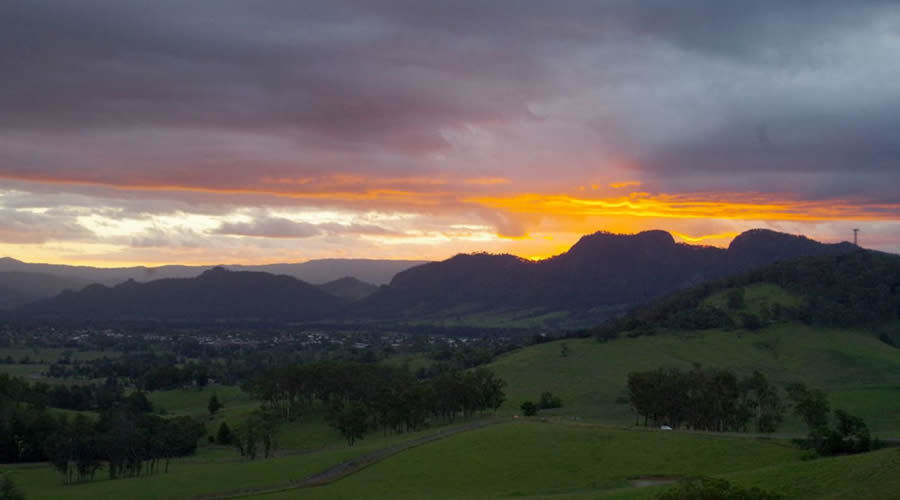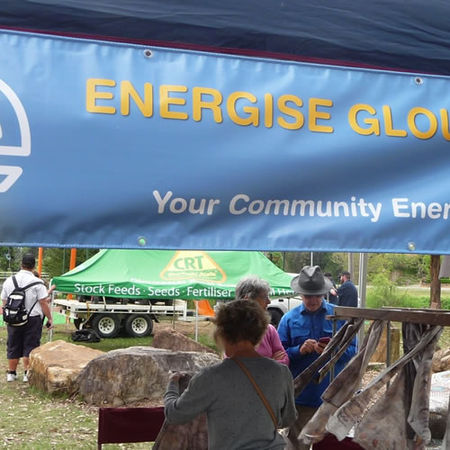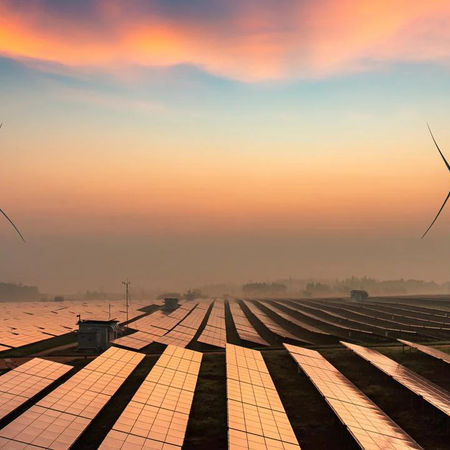
Chairman’s Note
Our Solar Farm Project has gone into hibernation after our cancelled public launch because of COVID19.
We are eagerly waiting for the time when the Government will allow us to hold public meetings again so that we can launch the Solar Farm with a new revised timetable. At this time we will start the process of forming a Co-operative to develop and operate the project.
In the meantime, the Energise Gloucester Committee and a few others have been undertaking some background work to progress some non-public aspects. We have:
- Developed criteria for site selection;
- Considered the concept of selling some of the electricity to the landowner(s) in a “behind the meter” scenario;
- Analysed the costs of splitting the Solar Farm over one or more sites;
- Registered interest from potential site owners and other people interested in the project;
- Commenced the development of operational rules for the Co-operative;
- Produced some technical brochures;
- Upgraded the website; and held regular teleconference meeting with the Department of Planning, Infrastructure and Environment who operate the Community Energy Program.
Some more explanation of “behind the meter” sales is provided below.
There is also an article on how we will generate the electricity.
As soon as we have some dates for Project activities, we will let you know through our Newsletter, Website and Facebook. In the meantime, please continue to register your interest in the Solar Farm and stay safe.
Yours with energy
David
Questions People have asked!
We are pleased to get questions from Members and the Community. As they come in, we will answer them. In the last month people have asked:
1. “Where will it be?”
The site for the Solar Farm is still being investigated. We have a set of criteria and already have some nominated sites. We need to consider technical and financial issues and submit a Development Application to Council. Basically, the 2ha site needs to be adjacent to a high voltage (11,000V) power line, on uniform sloping land without trees, not very visible and with road access. As we prioritise our sites, we will provide public information as required by Council.
2. “Will we get cheaper electricity?”
The whole community will benefit by being able to buy shares and get an annual dividend through the Solar Farm Co-operative. These shareholders will be contributing to the supply of renewable energy in the district. Some energy poor households will be able to apply for discounted electricity subject to conditions published by the Co-op and using criteria developed in association with the Neighbourhood Centre.
3. “What if we already have solar?”
Households who already have a solar system will be able to become members of the Co-operative and share in the benefits. Becoming a member will be a great benefit to those households that cannot install their own solar system for reasons of roof size or aspect, shaded roof, being a tenant, or insufficient funds for a full purchase.
4. “What are Behind the Meter Sales?
Electricity could be sold in two ways:
- At a wholesale price through a Power Purchase Agreement (PPA) with a licenced retailer able to market electricity to the public; and
- At a commercial price direct to the owner of the land hosting the solar farm in a “behind the meter” (BTM) contract.
Retail sales through the PPA will be to the general public and some preferentially into the Gloucester community. Preliminary discussions have been held with Enova (a community owned, licenced retailer) about a PPA and they have expressed a desire to work with EG. General retail sales will be competitive with other retail electricity providers.
Electricity sold to the owner of the site, in a BTM arrangement will not enter the Essential Energy grid and is a legal arrangement in NSW providing it is used only on the property. This will enable the Co-op to get a higher price for this electricity than is possible by selling it “wholesale” to a licenced retailer through a PPA. EG operates this type of arrangement with the Bucketts Way Neighbourhood Group and its solar roof project.
How the Solar farm will Generate Electricity
Converting solar energy into electricity is a well proven technology. In 1921 Albert Einstein received the Nobel Prize for Physics for “his services to Theoretical Physics, and especially for his discovery of the law of the photoelectric effect.

The diagram illustrates this process. Energy from the Sun (light or photons) is absorbed by the N-type silicon layer which increases its electrical potential and hence creates a potential difference (PD) with the P-type silicon layer. When these two layers are connected with a conducting wire, electrical energy will flow from the higher PD to the lower PD. This electrical energy can then be connected to flow into the grid (electrical load or light bulb in the diagram) where it can be used. As soon as the light from the sun stops, the electricity generation stops.
In 1954 scientists at Bell Labs developed the silicon Photovoltaic cell and soon early solar panels were being used to power satellites orbiting the earth. The 1973 oil crisis lead people to invest in solar research and design a cheaper solar panel; this brought the price down from $100 per watt to $20 per watt. Currently, high-quality panels in Australia cost about $0.5 per watt.
In 1993 the first 500kW PV array was built to support a commercial electricity grid in California. Currently, over 5% of Australia’s commercial electricity is generated by solar systems and 20% of households have installed a solar system on their property. Not everyone can install a PV system on their property so the Gloucester Community Solar Farm will enable them to invest in renewable energy.






